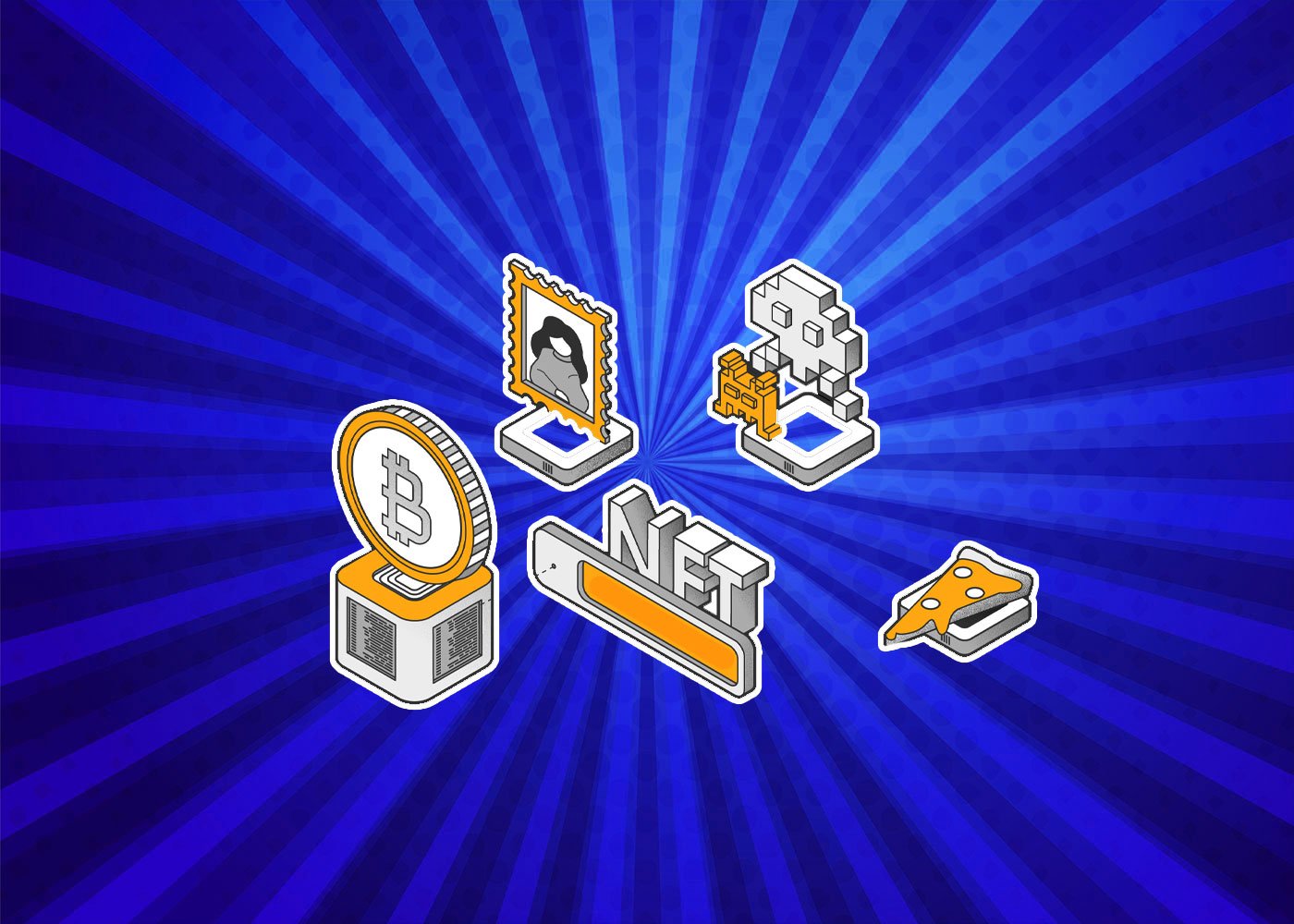Ordinals is a protocol built on the Bitcoin blockchain which has opened up new possibilities for creating and inscribing various forms of media including music. An indie developer named Ratoshi used Ordinals to introduce the “Descent into Darkness Music Engine” this week. The engine which is a companion to the text-based RPG game of the same name allows anyone to generate music tracks instantly simply by entering keywords. The music produced by the engine has a retro “chiptune” vibe and was developed with the help of OpenAI’s ChatGPT.
Recursive Inscriptions and Overcoming Storage Limitations
The usage of recursive inscriptions is one of the most recent advancements among the Ordinals. Inscriptions on the Bitcoin blockchain beforehand existed in isolation and were unable to communicate with one another. However ordinals can “pull” information from already-inscribed assets on the blockchain through recursive inscriptions. This functionality enables programmers to go past the 4 megabyte storage constraints of Bitcoin inscriptions much like the composability of Ethereum protocols . Over time it also lowers the cost of registration which allows developers to increase enrollment data on the blockchain’s basic layer without relying on secondary solutions .

Unlocking Innovation and Efficiency with Recursive Inscriptions
The Ordinals community gains greatly from the introduction of recursive inscriptions. It cuts down on the amount of storage needed for on-chain projects and render it possible to add larger-scale applications like video games. Developers can reuse previously written code which results in reduced HTML files and lower network rates. Instead of paying $40 in Bitcoin costs for each application developers may pay $40 for the first one and substantially lower rates for future inscriptions . This cost-cutting measure has the potential to spark a surge of creativity throughout the ordinary population.
Expanding Possibilities for On-Chain Media and Art
Recursive inscriptions’ powers go beyond music. OnChainMonkey, makes use of the ability to inscribe 3D artwork on-chain with inscriptions under 1 kilobyte in size . With over 14.6 million ordinals input since the protocol’s debut in January a developing market of NFT-like goods has arisen on the Bitcoin blockchain by employing the Ordinals protocol.








